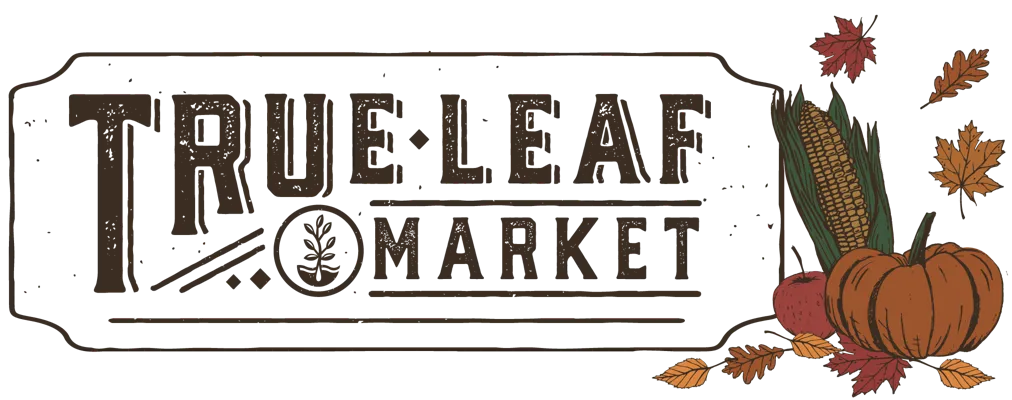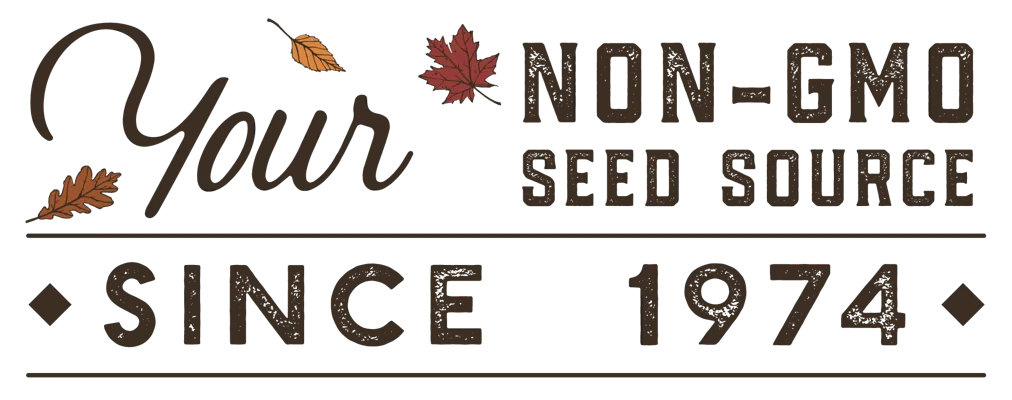If you have grown the Hamson tomato over the last several years, you may have noticed a mix of Roma and round-shaped fruits developing on your plants. This happens as a result of shifts in the genetics. Though tomatoes are actually self-pollinated, over the period of several years some crosspollination pollination and/or contamination with other tomato seeds may occur. This has led to this beloved tomato randomly taking on more of an elongated fruit shape that differs from the round fruits characteristic of the variety, and can also lead to a different taste and texture. To correct this natural mutation, True Leaf Market is going back to the Hamson’s origins with the generous help of Dr. Stanford Young of Brigham City, Utah who was part of the original team to release the variety.
Restoring the Original Hamson Tomato Genetics in 2024
Dr. Stanford Young is a professor emeritus of plant science and seed certification at Utah State University. In his retirement, he is a dedicated gardener and orchardist and has recently been reviving the authentic Hamson tomato variety, a classic known for its balanced flavor, small seed cavities, and medium to large size with consistent smooth and round shape bred especially for northern Utah and similar climates.
Dr. Young helped with the documentation and release of the Hamson tomato (also known as DX-5212, the breeding line number) in the early 1990's at Utah State University in collaboration with Dr. Alvin Hamson, who was the breeder and developer of the variety. Demetrios Agathangelides, the founder of True Leaf market and who earlier in his career was a research associate of Dr. Hamson's, was also a longtime colleague of Dr. Young.
Over the years, the commercially available seed of the Hamson tomato has been contaminated with off-types and other varieties, necessitating the increase of a small amount of the original seed stored by Dr. Young. This past summer (2024), Dr Young was joined by Jon Young, his 15-year-old grandnephew, working together at the Young orchard property in Perry, UT, to produce almost a pound of Hamson stock seed from which the variety can be re-established.
Recounting the experience, Jon Young says, "It was fascinating to see how the process worked in germinating the seed, transplanting and growing the tomatoes, and extracting the seeds. It took some hard work and dedication, but I'm glad I was able to help bring back the original Hamson tomato variety.”




How are Tomato Seeds Harvested?
When it comes to harvesting seeds, most people think of gathering them from a mature and dried flower. However, seeds harvested from a developed fruit vary from this process and require a bit more effort. Just as a fruit picked before ripening results in a lackluster flavor and texture, seeds harvested too early can lack the necessary seed maturity to reproduce reliably. This is why fruits must be allowed to fully mature, or even over-ripen to ensure the internal and external parts of the seed have had the opportunity to fully develop. Once ripe and mature, the fruits are harvested and mashed to release the seeds from their juicy cavities. A period of fermentation allows microorganisms to break down the tomato flesh and protect against seed-borne diseases. They are then processed to separate the juice and pulp from the seeds. After washing the seeds to remove juices, pulp, and the gelatinous coating, tomato seeds are allowed to dry for a stable shelf life that can last years when stored properly.
Do Seeds Expire?
You may be wondering, “How have those seeds from Dr. Hamson stayed good all these years?” The answer is by staying dry, cool, and out of sunlight. There are several factors that affect how long a seed can stay genetically viable, but the most common culprits of declined quality are temperature, light, and moisture levels, as these are the triggering changes in the environment that signal for the seed to start growing. By avoiding these environmental changes, a seed can stay dormant for years, decades, or for some rare plant species, even centuries. With a large enough sample, you can overcome the rate of decline and re-establish the original genetics of an otherwise evolving lineage, as Dr. Stanford Young has done.



















1 comment
Ashleigh, I enjoyed your article on the Hamson DX 5212 tomato. We have grown them in our garden for decades, having learned of them from old timers in Hooper, UT. That was the variety they grew for Del Monte.
I recall being unable to purchase plants for several years, after which I began to get some roma plants mixed in from the nursery. So I got seeds, but even those had about 5 to 10 percent roma tomatoes. I noticed the flavor was also not quite what we remembered. Last year I saved seeds from one of my plants for this year (using the same technique you outlined). My hope was to reduce the roma influence in my plants.
But if your current DX 52 seed stock is from Dr. Young’s 2024 efforts, I’d be very interested in purchasing some for this year. Thanks,
Dennis